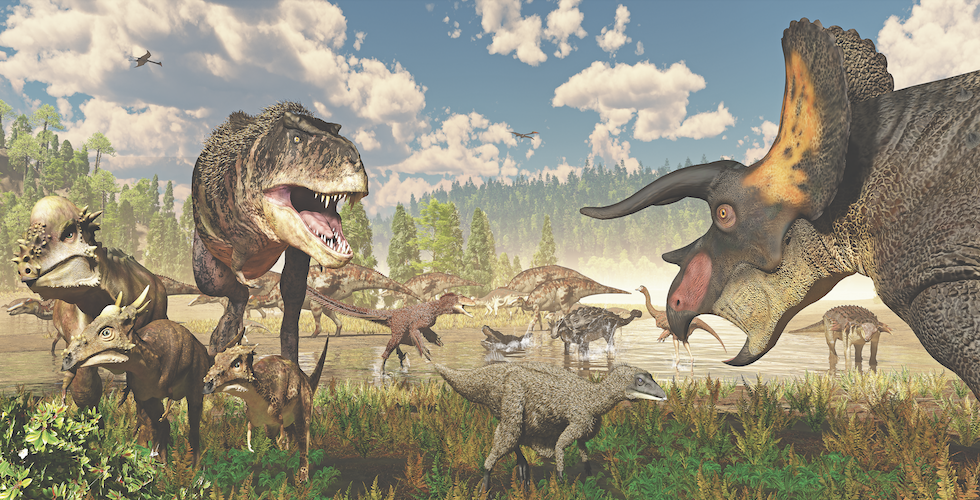
Dinosaurs Are Everywhere
James Kuether, paleoartist and author of Dinosaurs for Kids, claims that dinosaurs are everywhere.
You’ve been surrounded by dinosaurs all your life. You see them everywhere you go. Toy shelves are filled with every dinosaur imaginable, and they star in the biggest blockbuster movies. You have probably been on school trips to museums where they are the star attractions, and you probably have at least one book about dinosaurs already on the shelf in your bedroom. If you do a Google search on the word dinosaur, you’ll get more than 57 million videos and 477 million web pages as results. Amazon offers over 20,000 dinosaur books and 30,000 dinosaur toys. You see them on T-shirts and hats, and they’re featured on TV. Touring shows of robotic dinosaurs draw thousands when they come to town. Dinosaurs are everywhere.
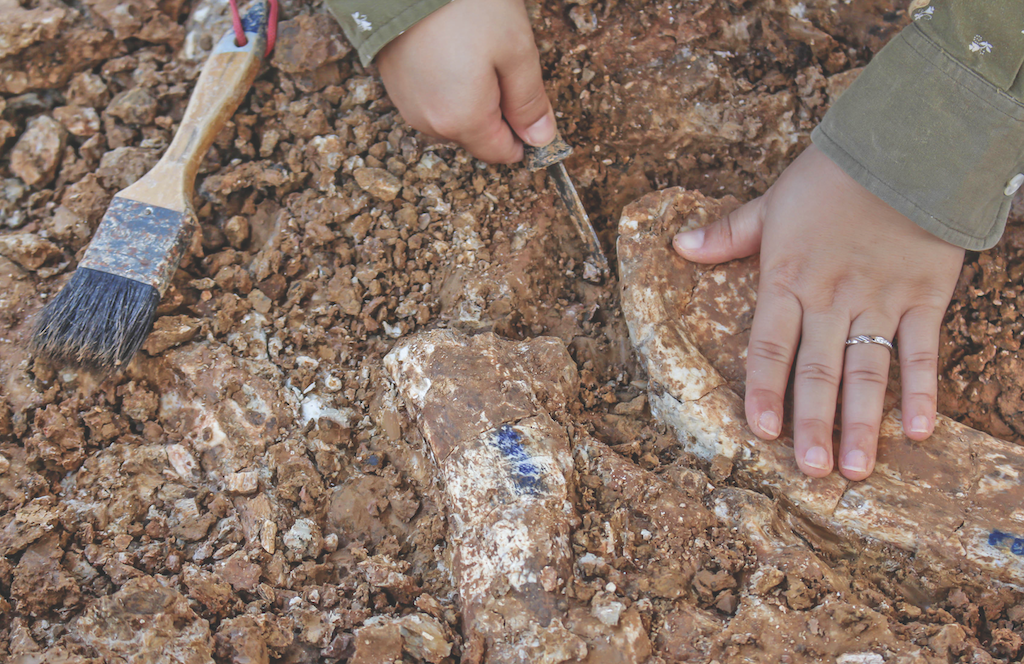
And that’s understandable because dinosaurs are just so amazing, and everyone is fascinated by them. They were like real living monsters. But what do you really know about dinosaurs?
Dinosaurs are a group of reptiles that existed from about 230 million years ago until around 66 million years ago. At first, they were small and a minor part of their ecosystems. But before long, they became one of the most successful and dominant land animals to ever exist.
And we know this because, even though they lived millions of years ago, they left behind lots of clues about what they looked like and how they lived.
FOSSILS
The science of studying dinosaurs is called paleontology, and the scientists who practice it are called paleontologists. They rely on fossils to do most of their work. In fact, without fossils, we wouldn’t know anything about dinosaurs. Fossils are the preserved remains of any once-living organism. Fossils may be bones, footprints, skin impressions, or even soft tissue—actual skin, hair, or some other part of an animal preserved in amber.
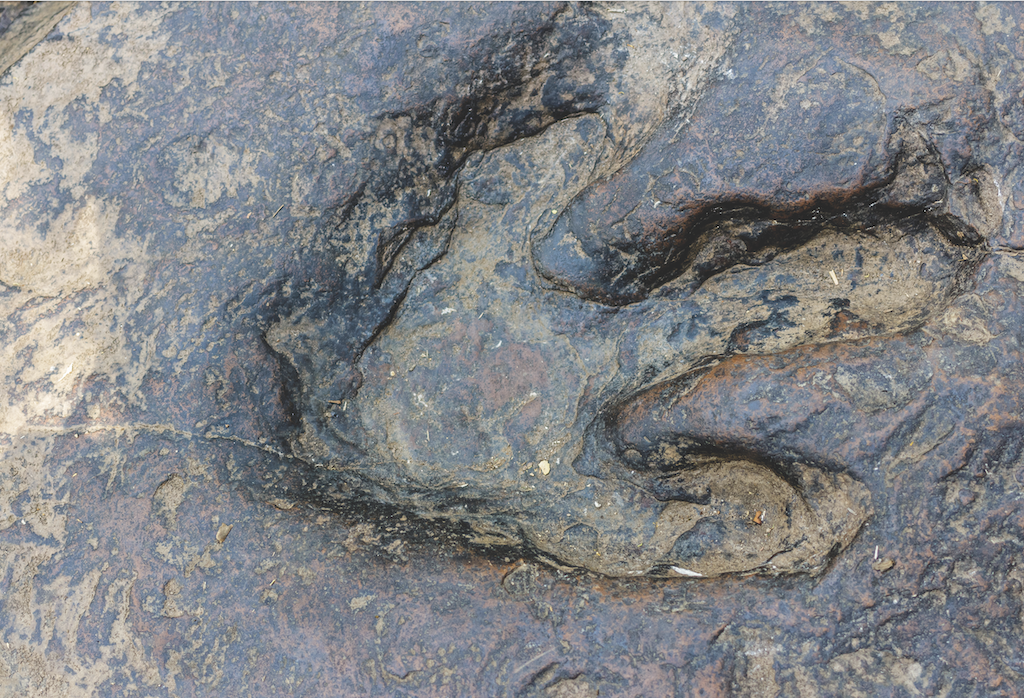
FOSSILIZED BONES
When you go to the museum and see skeletons of dinosaurs, what you’re seeing are not the actual bones of dinosaurs but rather their fossilized bones. Even though it seems like there are a lot of dinosaur skeletons out there, fossilization is rare, and the conditions must be just right for it to occur. First, the dinosaur has to have died in an environment where its body could be covered in sediment—either sand or mud. Over time, minerals have seeped into the bones and turned them into rock. Hard body parts like bones and shells fossilize easier than soft body parts like skin and hair, which decay quickly after an animal dies. That’s why most dinosaur fossils are of their bones.
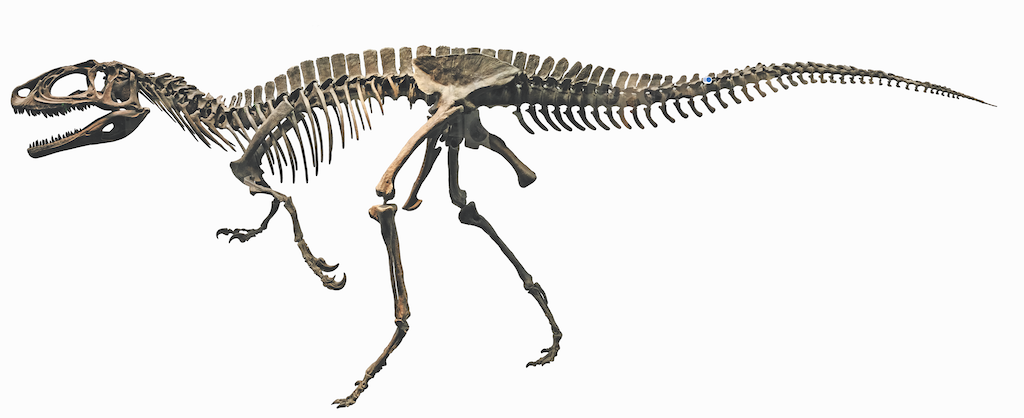
TRACE FOSSILS
Fossilized bones are just one type of fossil that paleontologists use. A trace fossil preserves some record of an animal’s activity but not the preserved remains of the animal itself.
Fossil Footprints can be preserved when an animal has walked through sand or mud. These can tell us a great deal about an animal: how it stood and walked, how long its strides were, and even how fast it was moving. If footprints from several dinosaurs are preserved together, it could mean they moved in herds. Paleontologists have found preserved trackways of predators chasing after prey. Some fossil dinosaur footprints even show impressions of the dinosaur’s skin, telling us if they had scaly feet or big foot pads.
Fossilized Skin Impressions have been found for several dinosaurs, including duckbills, tyrannosaurs, and horned dinosaurs like Triceratops. Although these are usually small sections of skin, some are of large portions of the animal. We refer to these as “dinosaur mummies,” though they’re not made of actual mummified skin like Egyptian mummies. They’re a cast of the skin left in the sediment after the dinosaur died. When the animal died, its body was covered in sediment (sand or mud). Over time, the sediment hardened, and the skin and other soft tissues decayed, leaving a cast or mold of the skin.
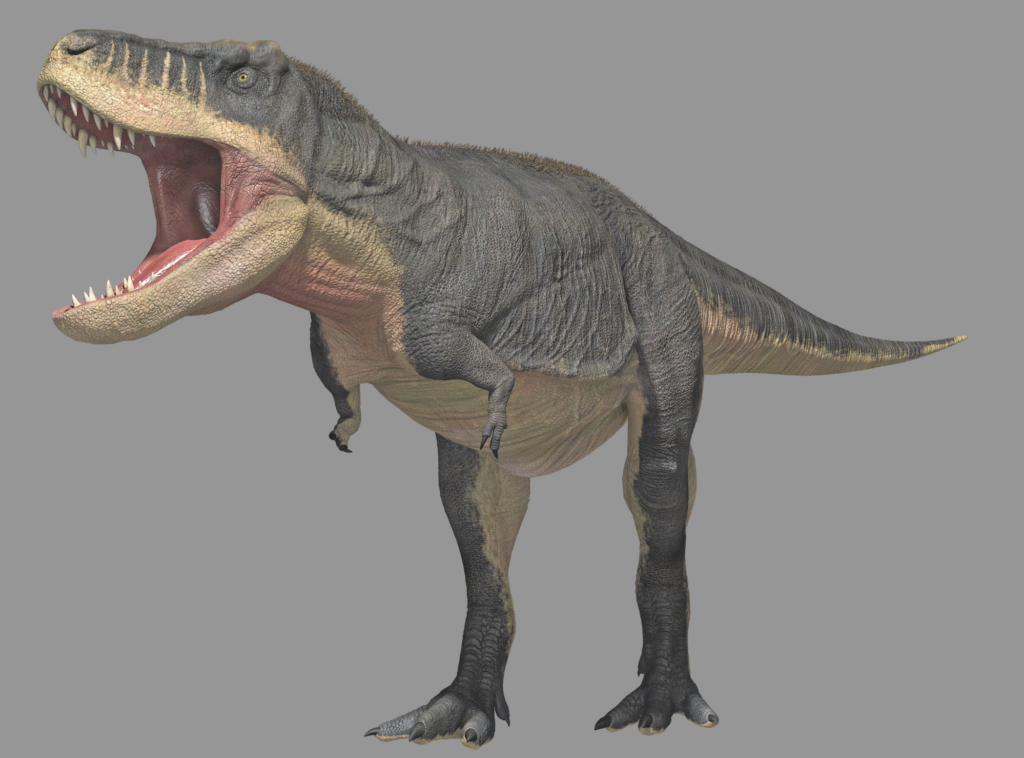
Coprolites are fossilized dinosaur poop. It sounds gross, but, just like with fossilized bones, it’s been turned into rock. By studying coprolites, we can get information about what a creature ate. Although we can’t tell exactly which dinosaur it came from, we can make “best guesses” based on what dinosaurs are known from the area.

Amber is petrified (hardened) tree resin; although it’s rare, it can provide amazing soft-tissue fossils. When an animal or some part of an animal, such as fur or feathers, gets stuck in the tree resin, it can fossilize over time, and the resin becomes hard. Fossilized insects are common, but people have also found feathers, hair, small lizards, and even a very tiny wing from a dinosaur, all preserved in amber.
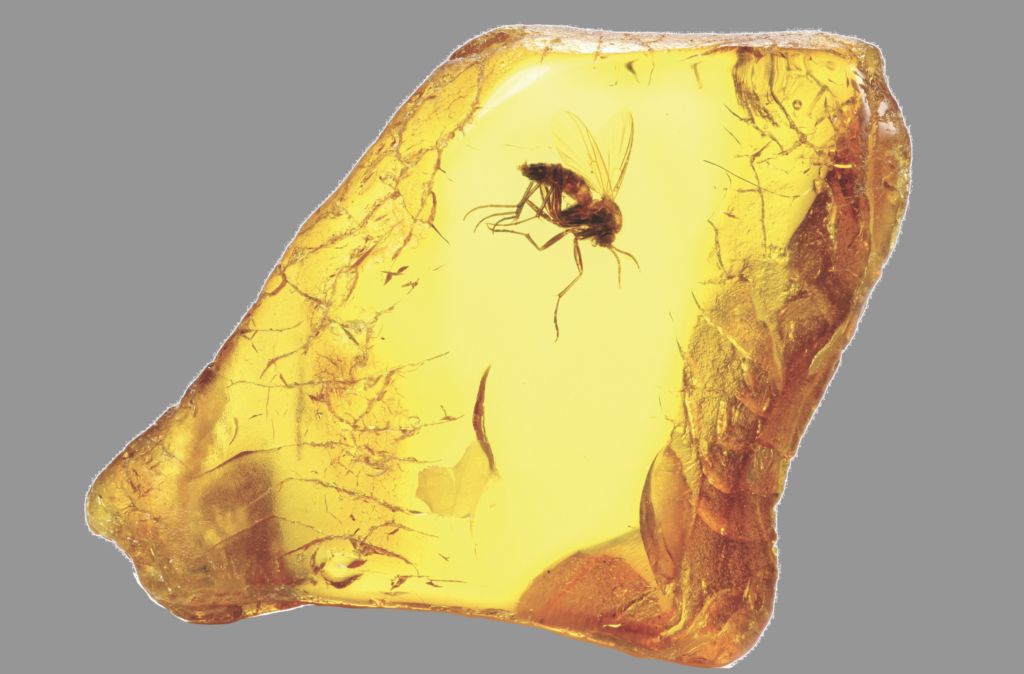
Bring the past back to life with Dinosaurs for Kids by James Kuether. Order your copy now! James is also the author of The Amazing World of Dinosaurs.
Get outdoors and learn more about nature with Backyard Birding for Kids by Erika Zambello; Seashells & Beachcombing for Kids by Stephanie Panlasigui and Erika Zambello; The Earth Book for Kids and Fossils for Kids by Dan R. Lynch; Insects & Bugs for Kids and Rock Collecting for Kids by Jaret C. Daniels; and Stargazing for Kids by Jonathan Poppele.
If you enjoyed this post, sign up for our newsletter here. #bewellbeoutdoors


